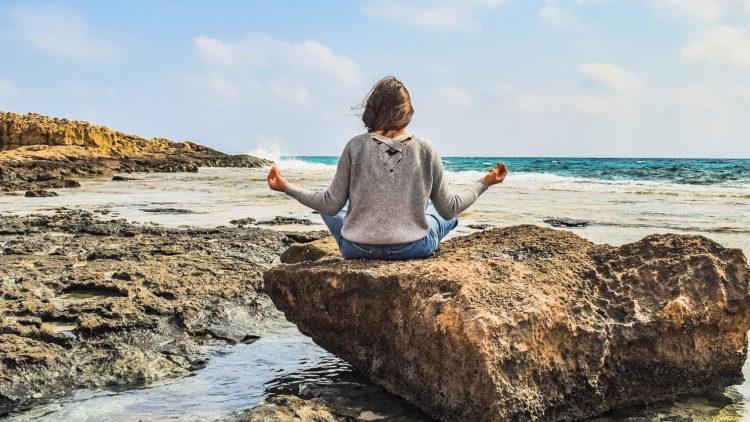Welcome to the third part of our new series focusing on health, wellbeing and yoga with Stacey Baxter of Muladhara Yoga.
Breathing, something so simple but one we can perhaps take advantage of.
Consider this, you can go days without food and water, but you cannot go a few minutes without a breath never mind a day.
We all know the breath is vital to being alive, but can we use it in a more effective way.
Yes.
In yoga we use the breath as a tool to slow down, to aid movement, to help deepen but to also help soften. Through breath control we aim to connect both the body and the mind; this is called Pranayama. A simple but effective tool that helps attract a feeling of calm energy, bring stillness to the mind, help the body feel grounded, and a tool that can also relieve the effects of anxiety and stress.
I think everyone can experience, or has experienced in the past, moments of stress, anxiety, perhaps moments of panic, fear, or feel like your head is about to explode, sound familiar?
How do you come down from that heightened energy? Maybe go for a run, grab a drink after work?
Have you considered just taking five minutes out to control your breath?
It sounds simple, and I’m by no means trying to teach you how to breathe as this comes naturally, and it’s not a quick timeout, it’s mindfully controlling the breath.
For example, we can so easily walk away from an argument to take a breather, but in that time the mind may go off in various different directions, creating scenarios, jumping to conclusions, we can start thinking irrationally and become incredibly tense. Instead, take five minutes and just focus on the breath. Not what happened, not what could happen (which is largely out of your control), just focusing on following each inhale and exhale.

After the first couple of breaths you may still feel tense in your shoulders and that your brain is about to implode, but stick with it, you will find with every round, the breath will start to slow down a little bit more, the heart rate will start slowing down, the brain fuzz starts to disappear, the shoulders, the neck and even your face start softening and mental clarity returns. Rational thoughts return and your reaction to the situation will more than likely, be a lot gentler and more positive than if you had reacted with the hot head still in-tact.
If you’ve never done breathwork before, here’s a quick step by step guide to help you and which can be done anywhere and at any time (personally, I like to do this when flying which is one of my biggest fears);
- Sit in a comfortable position, perhaps with your back propped against a wall, cross legged or legs in front, maybe pop a pillow under your knees, or if you prefer, go ahead and laydown.
- Now I’m all for mindfulness in the workplace, but your work may not be too impressed if you just laydown in front of your desk, so to avoid the frowning from your colleagues, perhaps find a private space or go and sit down in the staff room.
- Find a place of comfort that feels good in your body.
- Gently close the eyes, let your shoulders become soft, chin slightly tilted.
- Allow the jaw to become soft by gently parting the lips and letting the muscles in your tongue relax, feel your cheek muscles relax and all the muscles around and behind your eyes becomes softer.
- Then start drawing your awareness into your breath.
- Start making deeper breaths, inhaling for the count of four, and exhaling back down to the count of one.
- Repeat and feel the heart rate start slowing down, and with every exhale feel the body become more relaxed as the tension slips away.
- Once you have got used to this rhythm, then start guiding your breath. Start by inhaling to fill the stomach (pushing the navel away like a ‘Buddha belly’), when you exhale deflate the stomach and draw the navel towards the back, and then repeat.
I hope this tool is useful to you and helps you in moments of stress.
Until next time, namaste.
DON’T MISS A THING – SIGN UP FOR OUR (FREE) EMAIL NEWSLETTER – CLICK HERE
This article is not intended as a substitute for the medical advice of physicians. The reader should regularly consult a physician in matters relating to his/her health and particularly with respect to any symptoms that may require diagnosis or medical attention.















